Wildland Resources and Forestry
- September 4, 2024
- 0 comment
Wildland resources and forestry encompass a broad and critical sector of natural resource management that significantly impacts global ecosystems and human societies. Wildland resources include all the natural resources found in forests and other wild landscapes, ranging from timber and non-timber products to wildlife, water, and soil resources.

Forestry, on the other hand, refers to the science and practice of managing and conserving forested areas. Together, they play a pivotal role in maintaining biodiversity, regulating the climate, and providing essential resources for human use.
Table of Content
- The Role of Forests in Ecosystems
- Types of Forests and Their Characteristics
- Sustainable Forestry Practices
- Academic Pathways in Forestry and Environmental Sciences
- Careers in Wildland Management and Conservation
- Forest Management and Conservation Strategies
- The Impact of Human Activities on Wildland Resources
The Role of Forests in Ecosystems
Forests are fundamental to the health of the planet’s ecosystems. They serve as carbon sinks, absorbing carbon dioxide from the atmosphere and helping to mitigate the effects of climate change. The world’s forests store vast amounts of carbon, with the Amazon rainforest alone containing around 86 billion tons of carbon. This critical function helps stabilize global temperatures and reduces the severity of global warming.
Beyond their role in climate regulation, forests are incredibly rich in biodiversity. They provide habitat for 80% of the terrestrial species, from large mammals like tigers and bears to countless insects, birds, and microorganisms. This biodiversity is essential for maintaining the resilience of ecosystems, allowing them to withstand and recover from disturbances such as diseases and climate shifts.
Types of Forests and Their Characteristics
Globally, forests can be categorized into several major types, each with distinct characteristics and ecological functions. Understanding these types is crucial for developing appropriate management and conservation strategies.
Tropical Forests
Located near the equator, tropical forests are known for their rich biodiversity and high levels of rainfall. These forests, such as the Amazon rainforest, host a vast array of plant and animal species and play a significant role in global climate regulation.
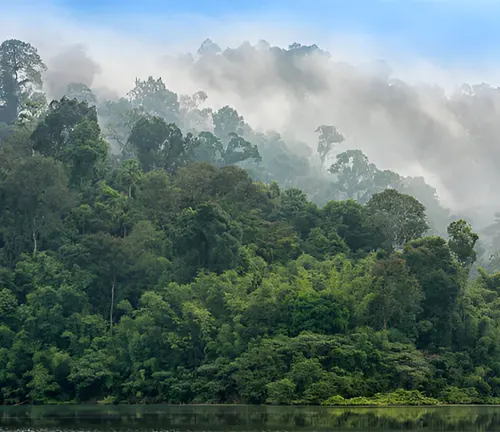
Temperate Forests
Found in regions with moderate climates, temperate forests experience distinct seasonal changes. These forests, common in North America and Europe, are characterized by a mix of deciduous and coniferous trees and are home to diverse wildlife.
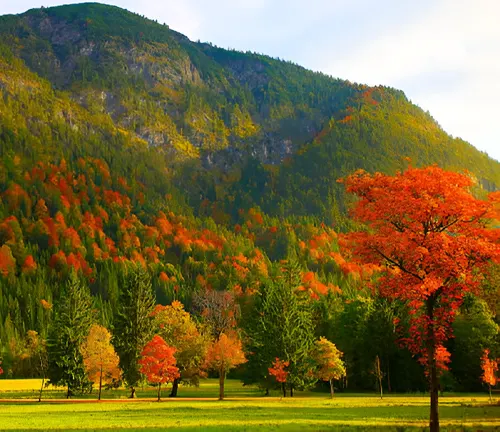
Boreal Forests
Also known as taiga, boreal forests cover vast areas of the Northern Hemisphere, particularly in Canada, Russia, and Scandinavia. These forests consist mainly of coniferous trees like pines, spruces, and larches and are adapted to cold climates with long winters.

Each forest type supports different ecosystems and offers various resources, underscoring the need for region-specific forestry practices that take into account the unique environmental and social context of each area.
Sustainable Forestry Practices
Sustainable forestry practices are essential for balancing the demand for forest resources with the need to protect and preserve forest ecosystems. These practices aim to ensure that forests can continue to provide ecological, economic, and social benefits over the long term.
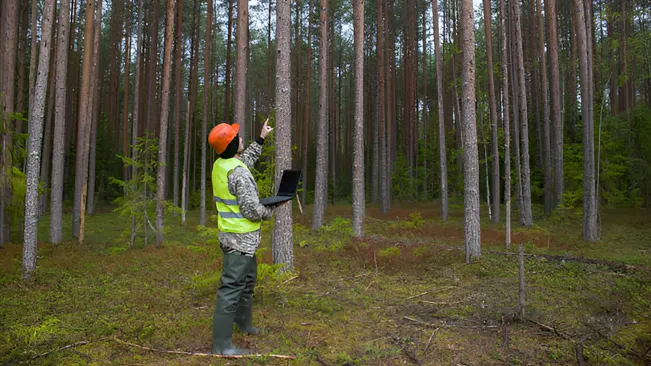
- Selective Logging: This practice involves carefully choosing which trees to harvest, rather than clear-cutting large areas. By leaving most of the forest intact, selective logging minimizes environmental impact and helps maintain biodiversity.
- Reforestation and Afforestation: Reforestation involves planting trees in areas that have been deforested, while afforestation refers to creating new forests in areas where none previously existed. Both practices are vital for restoring degraded lands and increasing forest cover.
- Agroforestry: Agroforestry integrates trees into agricultural landscapes, combining crop production with forest management. This approach can improve soil health, enhance biodiversity, and increase farmers’ resilience to climate change.
- Community-Based Forestry Management: This approach involves local communities in the management of forest resources, ensuring that those who depend on forests for their livelihoods have a say in how they are managed. Community-based management often leads to better conservation outcomes, as local knowledge and vested interests in sustainable use drive more effective stewardship.
By adopting these and other sustainable practices, forestry can support the needs of both people and the planet, ensuring that forests remain healthy and productive for generations to come.
Academic Pathways in Forestry and Environmental Sciences
A career in forestry and wildland resources typically begins with a solid educational foundation.
- Undergraduate Degrees: Degrees in Forestry, Environmental Science, or Natural Resource Management provide essential knowledge in areas like forest ecology, wildlife management, and sustainable practices, with hands-on fieldwork being a critical component.
- Graduate Degrees: Master’s programs offer specialized training in fields such as forest policy or GIS, while Ph.D. programs focus on advanced research for those pursuing academic or leadership roles.
- Certifications and Continuing Education: Certifications from organizations like the Society of American Foresters (SAF) and ongoing education opportunities help professionals stay current with industry standards and best practices.
Careers in Wildland Management and Conservation
A variety of career paths are available in this field, offering opportunities to contribute to sustainable resource management and conservation.
- Forester: Manages forested lands for timber, conservation, and recreation, often working for government agencies or private companies.
- Wildlife Biologist: Studies animal populations and their habitats, informing conservation strategies to protect species and ecosystems.
- Fire Management Specialist: Develops and implements strategies to prevent and control wildfires, crucial in fire-prone regions.
- Urban Forester: Manages trees and green spaces in urban areas, contributing to healthier and more sustainable cities.
- Environmental Consultant: Provides expertise on sustainable natural resource management and helps businesses comply with environmental regulations.
Forest Management and Conservation Strategies
Effective forest management and conservation require a comprehensive approach that includes various strategies to protect and sustainably use forest resources.
- Protected Areas and Reserves: Establishing protected areas is one of the most effective ways to conserve forests. National parks, wildlife reserves, and other protected areas help preserve biodiversity and safeguard critical habitats from development and exploitation.
- Fire Management Strategies: Wildfires are a natural part of many forest ecosystems, but they can also pose a significant threat to human lives and property. Effective fire management strategies include controlled burns, firebreaks, and early detection systems to prevent and mitigate wildfire impacts.
- Pest and Disease Control: Forests are vulnerable to pests and diseases, which can cause widespread damage and reduce forest productivity. Integrated pest management (IPM) strategies, which combine biological, chemical, and cultural controls, are essential for maintaining forest health.
- Forest Certification Systems: Certification programs like the Forest Stewardship Council (FSC) and the Programmed for the Endorsement of Forest Certification (PEFC) promote sustainable forest management by setting standards for responsible forestry practices. Certified forests are managed in ways that protect biodiversity, water resources, and the rights of indigenous and local communities.
These strategies highlight the complexity of forest management and the need for integrated approaches that address the ecological, social, and economic dimensions of forestry.
The Impact of Human Activities on Wildland Resources
Human activities have profoundly impacted wildland resources, often leading to significant environmental degradation and loss of biodiversity.
- Deforestation and Habitat Loss: One of the most significant threats to wildland resources is deforestation, driven by logging, agriculture, and urban expansion. Deforestation leads to habitat loss, fragmentation, and a decline in species populations, threatening the ecological balance of forest ecosystems.
- Overharvesting of Timber and NTFPs: Unsustainable harvesting practices can deplete forest resources, leading to the decline of valuable species and the degradation of forest ecosystems. Overharvesting also reduces the availability of resources for future generations.
- Pollution and Climate Change Impacts: Pollution from industrial activities, agriculture, and urban development can contaminate soil, water, and air, affecting the health of forests and their ability to support wildlife. Climate change, driven by greenhouse gas emissions, exacerbates these threats by altering temperature and precipitation patterns, increasing the frequency of extreme weather events, and shifting the distribution of species.
The cumulative impact of these activities underscores the need for more sustainable and responsible management of wildland resources to ensure their long-term viability.
Conclusion
Wildland resources and forestry are integral to the health and sustainability of our planet. From providing essential ecosystem services and economic benefits to supporting biodiversity and climate regulation, forests are invaluable assets that must be managed responsibly. By adopting sustainable forestry practices, enforcing effective management and conservation strategies, and mitigating the impacts of human activities, we can ensure that wildland resources continue to thrive and benefit future generations. The continued commitment to forestry education, policy development, and community engagement will be crucial in shaping the future of wildland resources and forestry.
Frequently Asked Questions (FAQs)
- What are wildland resources?
Wildland resources encompass all natural assets found in forested and wild areas, including timber, non-timber products, wildlife, water, and recreational resources. - What is the difference between forestry and wildland management?
Forestry focuses on the management and conservation of forests for sustainable use, while wildland management covers a broader range of natural landscapes, including forests, grasslands, and wetlands. - Why is sustainable forestry important?
Sustainable forestry is crucial for balancing the use of forest resources with the need to preserve ecosystems, biodiversity, and the environment for future generations. - What educational background is needed for a career in forestry?
A bachelor’s degree in Forestry, Environmental Science, or a related field is typically required. Advanced degrees and certifications can enhance career prospects and specialization. - What roles do foresters play in environmental conservation?
Foresters manage forested lands to ensure sustainable resource use, protect wildlife habitats, combat deforestation, and contribute to climate change mitigation. - How do wildfires impact wildland resources?
Wildfires can cause significant damage to ecosystems, destroy habitats, and release carbon into the atmosphere. However, they can also play a natural role in some ecosystems, promoting regrowth and maintaining biodiversity. - What are non-timber forest products (NTFPs)?
NTFPs are resources from forests that do not involve harvesting trees, such as fruits, nuts, resins, medicinal plants, and mushrooms, often vital for local economies and biodiversity. - How does climate change affect forests?
Climate change impacts forests through altered temperature and precipitation patterns, increased frequency of extreme weather events, and changes in species distribution, leading to shifts in forest composition and health. - What technologies are used in modern forestry management?
Technologies like Geographic Information Systems (GIS), remote sensing, drones, and precision forestry tools are used to monitor forests, manage resources, and plan sustainable practices. - What career opportunities are available in wildland resources and forestry?
Careers include roles such as forester, wildlife biologist, fire management specialist, urban forester, environmental consultant, and more, across various sectors like government, non-profits, and private industry.

Jordan Blake
Forestry AuthorJordan Blake is a forestry expert with over 15 years of experience in arboriculture and community education. Passionate about sustainable forest management, Jordan regularly writes for Forestry.com and Tree Care Magazine. Holding certifications in tree health assessments and urban forestry management, Jordan conducts workshops to educate the public on sustainable practices. Jordan has a degree in Environmental Science and enjoys hiking and photography in their free time.

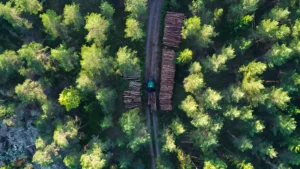



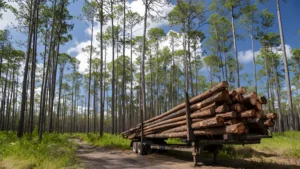

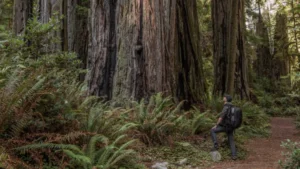
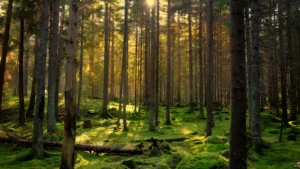


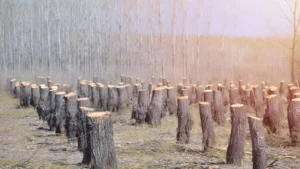
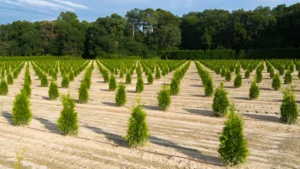
Leave your comment